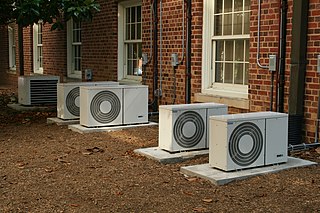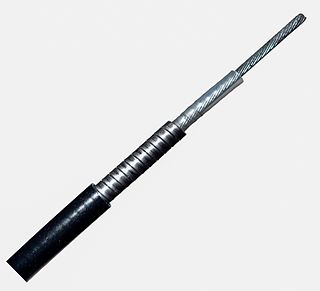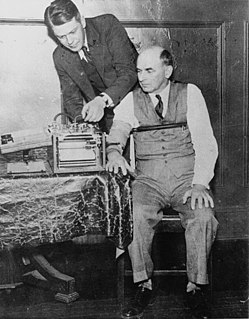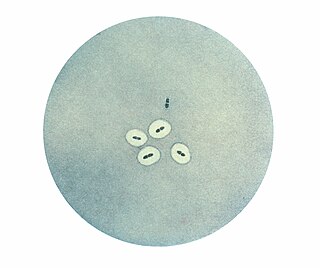 W
WAir conditioning, often abbreviated as A/C or AC, is the process of removing heat and controlling the humidity of air in an enclosed space to achieve a more comfortable interior environment by use of powered "air conditioners" or a variety of other methods, including passive cooling and ventilative cooling. Air conditioning is a member of a family of systems and techniques that provide heating, ventilation, and air conditioning (HVAC).
 W
WA Bowden cable is a type of flexible cable used to transmit mechanical force or energy by the movement of an inner cable relative to a hollow outer cable housing. The housing is generally of composite construction, consisting of an inner lining, a longitudinally incompressible layer such as a helical winding or a sheaf of steel wire, and a protective outer covering.
 W
WThe caduceus is the traditional symbol of Hermes and features two snakes winding around an often winged staff. It is often mistakenly used as a symbol of medicine, especially in the United States, but this is incorrect. The two-snake caduceus design has ancient and consistent associations with trade, liars, thieves, eloquence, negotiation, alchemy, and wisdom.
 W
WA kappōgi is a type of smock, originating in Japan. First designed to protect kimono from stains when cooking, it has baggy sleeves with gathered cuffs terminating just after the elbow, and the torso comes down to the wearer's knees. It closes by means of strips of cloth that are tied at the back of the neck and waist. It is particularly used when cooking and cleaning.
 W
WA periscope is an instrument for observation over, around or through an object, obstacle or condition that prevents direct line-of-sight observation from an observer's current position.
 W
WA polygraph, popularly referred to as a lie detector test, is a device or procedure that measures and records several physiological indicators such as blood pressure, pulse, respiration, and skin conductivity while a person is asked and answers a series of questions. The belief underpinning the use of the polygraph is that deceptive answers will produce physiological responses that can be differentiated from those associated with non-deceptive answers. There are, however, no specific physiological reactions associated with lying, making it difficult to identify factors that separate those who are lying from those who are telling the truth. Polygraph examiners also prefer to use their own individual scoring method, as opposed to computerized techniques, as they may more easily defend their own evaluations.
 W
WThe quellung reaction, also called the Neufeld reaction, is a biochemical reaction in which antibodies bind to the bacterial capsule of Streptococcus pneumoniae, Klebsiella pneumoniae, Neisseria meningitidis, Bacillus anthracis, Haemophilus influenzae, Escherichia coli, and Salmonella. The antibody reaction allows these species to be visualized under a microscope. If the reaction is positive, the capsule becomes opaque and appears to enlarge.